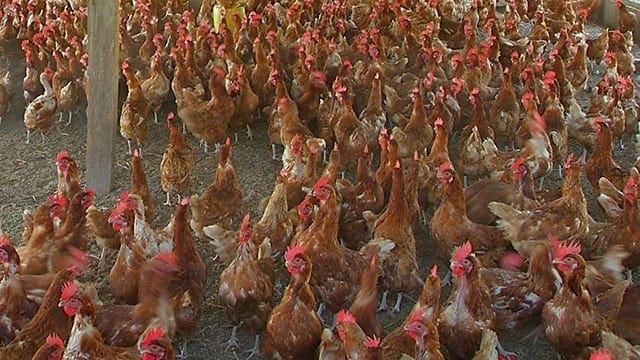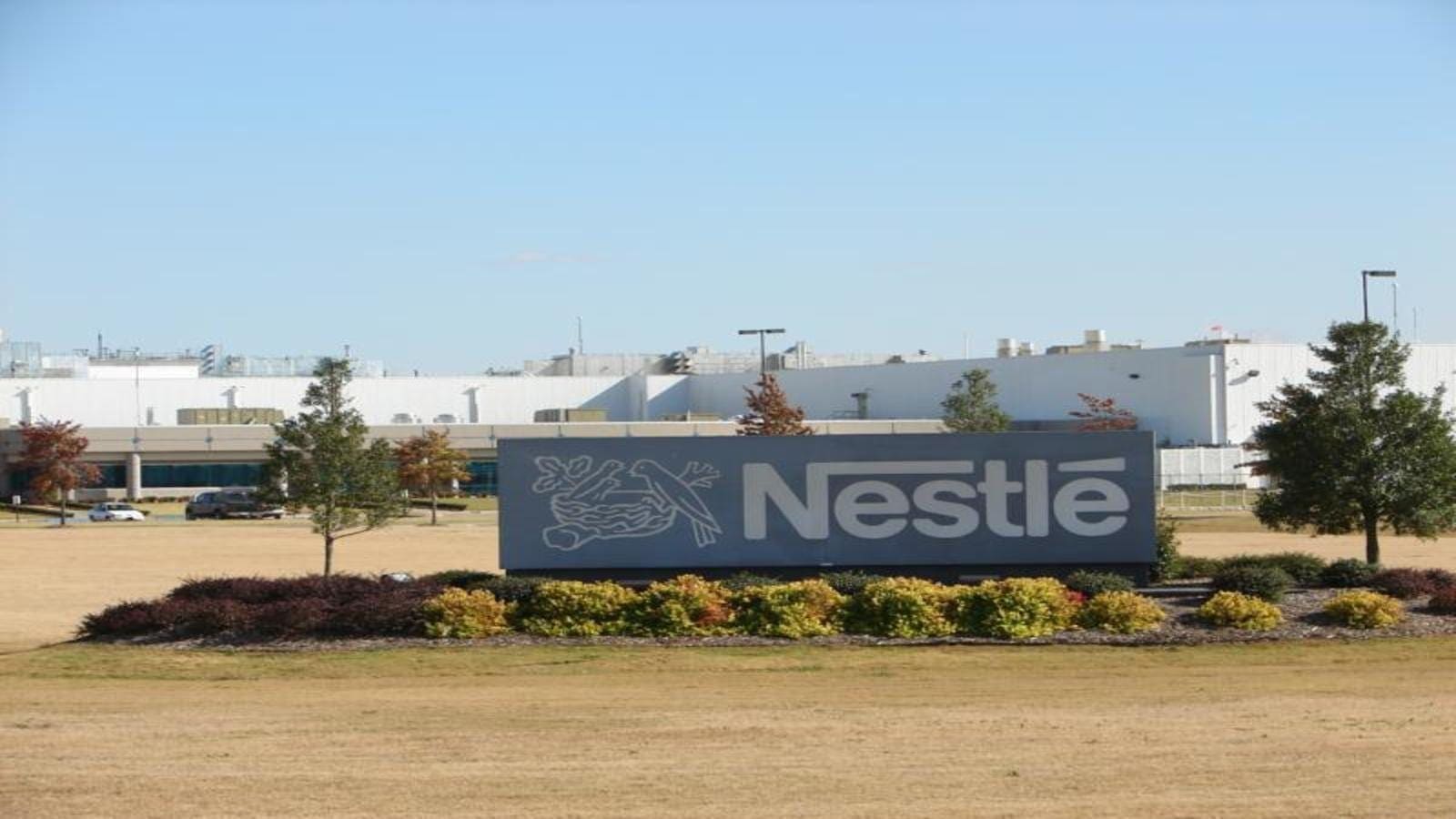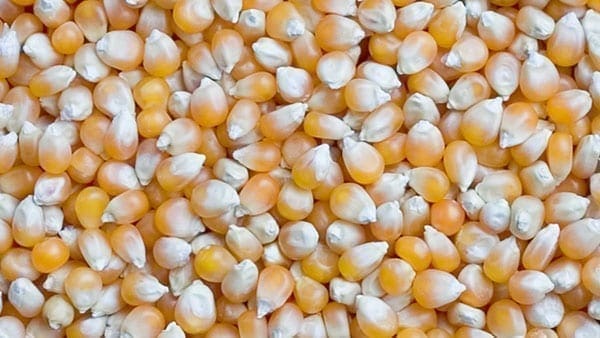ZIMBABWE – Zimbabwe poultry sector has unveiled an aggressive restocking programme after recovering from the outbreak of the avian influenza that killed one million chicken in South Africa and Zimbabwe.
A report by the Livestock and Meat Advisory Council revealed that pre-laying broiler breeder birds increased from 130 000 birds in September last year to 306 000 birds as at March 31, 2018.
The number of broiler breeder birds increased to 574,000 birds during the period although this was 13% lower than the stocks before the outbreak of the highly pathogenic disease.
The Department of Livestock and Veterinary Services earlier this year went ahead to declare that the country was then free from the avian flu though remains on high alert.
In an interview with the Herald, Zimbabwe Poultry Farmers’ Association (ZPFA) chairman Retired Colonel George Nare said the disease had been controlled and farmers were restocking their poultry.
According to him, production of maize which is expected to improve annually plays a significant role in lowering the price of stockfeed since the crop is a major ingredient in its production.
The price of day old chicks remains very high ranging at between $90 and $100 per 100 chicks as opposed to the normal price levels of between $65 and $70, something that has altogether squeezed profit margins.
“The stockfeed if it goes down to around $26 per 50 kilogramme bag from an average of $32 per at present, we can be able to break even.
“At the moment because of high input cost, our profit margins are still very low such that it’s like living from hand-to-mouth as the proceeds don’t allow us to expand our operations,” said Nare.
Dealing with the shortage
Zimbabwe was hit by a serious shortage of poultry products prompting the government to allow importation of hatching eggs from Europe in September last year.
In response to the outbreak, Zimbabwe culled about 215,000 birds, affecting the availability of table eggs and poultry products.
But this has since improved due to mechanisms put to control the disease linked to one of the country’s biggest chicken breeders, Lanark Farm.
“The situation is actually returning to normal as farmers have embarked on an aggressive restocking exercise.
“We no longer have shortage of chicken and eggs and we are just there to sort of further improve our operations and expand the poultry industry,” added Nare.
“We are doing fine except that the input prices for stock feeds and chemicals remain high and prohibitive and that is why the price of day old chicks was also on the high side.”










